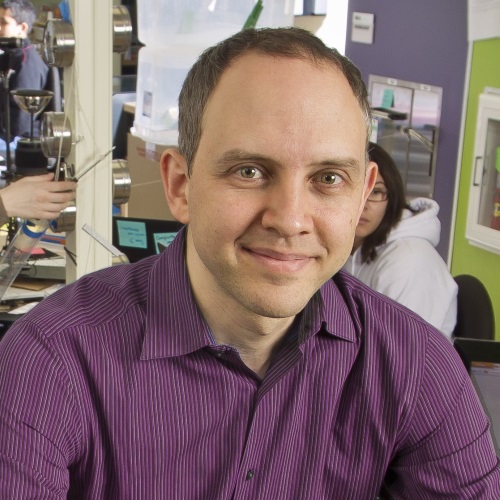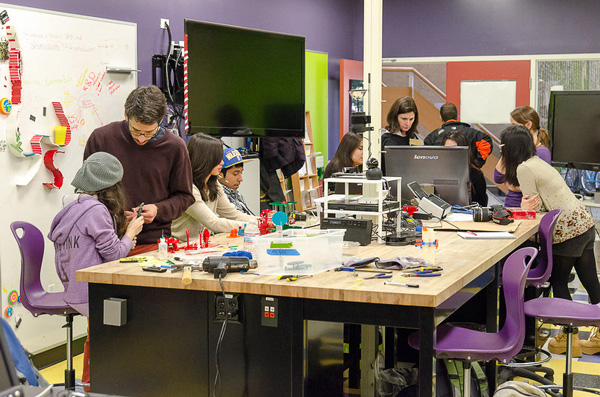To make things and learn from it, that’s the point. Paulo Blikstein’s research and projects have been showing that students’ learning curve inflects upwards when they learn with their hands in a proper lab, instead of just being instructed in a classroom. A FabLab, that is, where they can fabricate solutions for complex problems they figure out on their own.
In other words, given opportunities to engage directly in advanced learning practices, children may actually stand a better chance of thriving as budding practitioners of STE(A)M – Science, Technology, Engineering, (Arts), and Mathematics. For ten years plus, Blikstein’s work has been replacing old school building blocks with robots, integrated circuits, all sorts of tools, and computers, while formulating the theory behind it all.
This is the context around the first research-based program to bring digital fabrication tools to schools – the FabLab@School project, which comprises principles for space design, toolkits, professional development, and curricula. The project has been implemented in 28 schools in seven countries, directly or through international partners, and is part of a larger research program, the Transformative Learning Technologies Lab (TLTL), a multidisciplinary group designing and researching new technologies for education.
The group explores and develops innovations at the intersection of technology and education, such as bifocal modeling, DIY development platforms (including Arduino, Lilypad and GoGo Board), digital fabrication (e.g. through 3D printers, laser cutters, or CNC milling machines), and rapid prototyping.


Leave a Reply